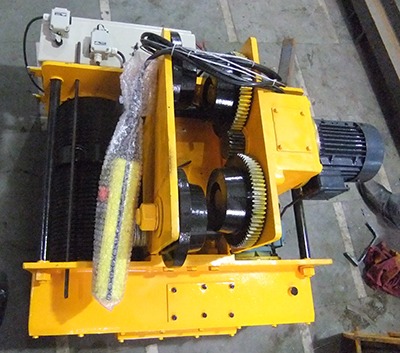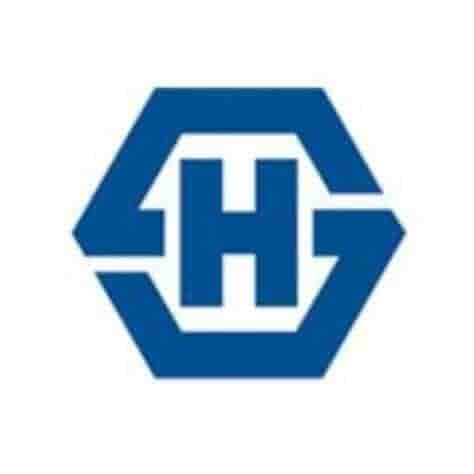










The Electric Wire Rope” Hoist is a dependable option for handling industrial materials. One kind of electrical hoist crane that is frequently employed in the industrial material handling sector is the wire -rope hoist. They are frequently employed in a variety of industries, including manufacturing, transportation, and construction, and they provide a dependable, safe, and effective means to raise big weights. A rope, a drum, a control system, and a lifting mechanism make up a wire rope hoist.
We Promise Quality and Sturdiness Production of various hoist kinds, such as industrial chain hoists, mechanical hoists, and wire rope hoists, is known as hoist manufacture. To guarantee the longevity and dependability of their goods, the top hoist manufacturers employ premium materials, cutting-edge technology, and stringent quality control procedures. In the production of hoists, quality must always come first. A Crucial Aspect of Industrial.
The Hoist and Lift Equipment for hoists and lifts is crucial to industrial processes. They make material handling much simpler and safer by being utilized to lift and move large, heavy loads. Industrial workers can accomplish their tasks more quickly, more effectively, and with a lower risk of injury with the use of hoists and lifts.
Dependable, Flexible, and Safe Systems for industrial hoisting are made to accommodate a wide range of applications and industries. You can select the ideal hoist system for your unique needs thanks to their variety of sizes and shapes. There is a hoist system that can suit your demands, whether you require a 2-ton electric crane hoist or a heavy-duty manual chain hoist.
An Affordable Option for Material Handling In industrial contexts, hoists are an affordable material handling solution. They increase productivity and decrease the chance of harm, creating a safer and more productive work environment. For your organization, investing in a hoist can yield significant benefits, regardless of whether you require a mechanical, electric power, or vertical material hoist.
Offering Reliable Solutions for Industrial Material Handling In the hoist sector, manufacturers of cranes and hoists are essential. They create, produce, and distribute a variety of hoist and lift apparatus to satisfy the demands of different sectors. It's critical to select a crane and hoist manufacturer that provides excellent customer service, high-quality solutions, and reasonable prices. Industrial hoist, wire rope hoists, and hoist

We provides always our best services for our clients and always try to achieve our client's trust and satisfaction.
"It's always a pleasure to work with Will and his team. RACHNA ELEVATOR & CRANES is personable, responsive, and results-oriented!"

Mr. Dayaram
HUBER SUHNER
"Always available to answer any questions. Very knowledgeable about the services they provide. Would recommend to anyone!"

Mr. Raman
KEI
"The Benefits of Installing a Hydraulic Goods Lift in Your Warehouse"

Mr. Vijay Mohan
JAGUAR
"It's always a pleasure to work with Will and his team. RACHNA ELEVATOR & CRANES is personable, responsive, and results-oriented!"

Mr. Dayaram
HUBER SUHNER
"Always available to answer any questions. Very knowledgeable about the services they provide. Would recommend to anyone!"

Mr. Raman
KEI
"The Benefits of Installing a Hydraulic Goods Lift in Your Warehouse"

Mr. Vijay Mohan
JAGUAR
"It's always a pleasure to work with Will and his team. RACHNA ELEVATOR & CRANES is personable, responsive, and results-oriented!"

Mr. Dayaram
HUBER SUHNER
"Always available to answer any questions. Very knowledgeable about the services they provide. Would recommend to anyone!"

Mr. Raman
KEI
"The Benefits of Installing a Hydraulic Goods Lift in Your Warehouse"

Mr. Vijay Mohan
JAGUAR